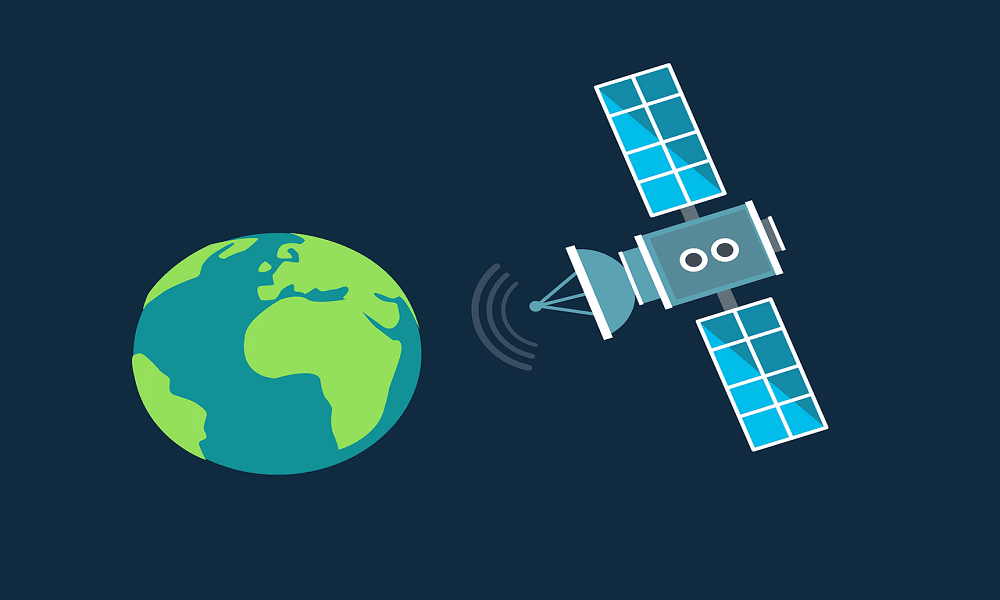Satellite imagery has brought significant changes to fields like agriculture and urban planning. This technology has notably impacted the mapping of land ownership by capturing detailed images from space, allowing for accurate and efficient identification and confirmation of land boundaries. These benefits extend to governments, communities, and individuals alike.
Understanding Satellite Imagery
Satellite technology involves capturing images of the Earth’s surface from satellites orbiting the planet. This visual data offers in-depth insights into terrains and landscapes. Small details about land patterns can be identified to determine property boundaries through satellite imagery. Using an app that shows land ownership, individuals can leverage this visual aid to study land ownership structures without the need for lengthy, on-site surveys.
Enhancing Clarity and Precision
In the past, land ownership records primarily relied on paper maps and physical surveys, which had limitations in terms of accuracy and transparency. Satellite imagery now plays a crucial role in providing current visuals of land plots, enhancing transparency. This builds confidence among landowners, who can verify their property boundaries using this accurate information. Furthermore, the use of precise satellite images helps reduce conflicts related to land boundaries by providing clear proof of ownership.
Facilitating Land Registration
Accurate land registration depends on reliable data regarding property boundaries. Satellite imagery simplifies this task by offering a trustworthy method to map out land parcels. Governments use these images to keep their land registries accurate and up to date, ensuring that ownership records align with the current status of properties. This efficient process not only boosts productivity but also minimizes the chances of errors when registering land titles.
Supporting Urban Development Planning
Effective land use planning requires a comprehensive understanding of land ownership. Satellite imagery provides planners with a wealth of information, allowing them to assess land use and make informed decisions about future development. By mapping out land ownership, planners can identify suitable locations for infrastructure projects or conservation efforts. Additionally, this tool helps track changes in land use over time, ensuring that plans remain relevant and effective.
Promoting Sustainable Development
Achieving sustainable development relies on effective land management practices, which depend on precise information about land ownership. Satellite imagery plays a critical role by providing a comprehensive view of how land is distributed across different regions. This data is invaluable in identifying areas suitable for sustainable development or in need of urgent conservation measures. Ensuring that development strategies align with the ownership status of lands helps communities balance progress with the protection of natural resources and ecosystems.
Empowering Communities
Knowing who owns the land can greatly benefit communities by helping them understand their rights and advocate for themselves in matters of land use and development. With access to satellite images, communities can use this data to support their causes in discussions about land use issues. They can also rely on this technology to resolve land ownership disputes, as it provides a clear, data-backed view that all parties can agree upon. This empowers communities to actively participate in decision-making processes that affect their daily lives.
Challenges and Considerations
While satellite imagery offers many advantages, it also presents challenges. Obtaining high-quality images can be expensive, and analyzing them requires sophisticated technology. Additionally, privacy concerns may arise when capturing images of properties from space. Addressing these issues requires finding a balance between the benefits of satellite imagery and factors such as cost, technology, and privacy. It calls for cooperation among government bodies, local communities, and tech companies to ensure the responsible use of this resource.
Conclusion
The integration of satellite imagery into land ownership mapping marks significant progress in land management practices. By providing transparent and continually updated data, satellite imagery improves land registration processes, promotes sustainable development, and empowers local communities. Although there are challenges, the benefits of this approach outweigh any drawbacks. As technology advances, the role of satellite imagery in land ownership mapping is expected to expand, offering more opportunities for efficient and equitable land management practices.


